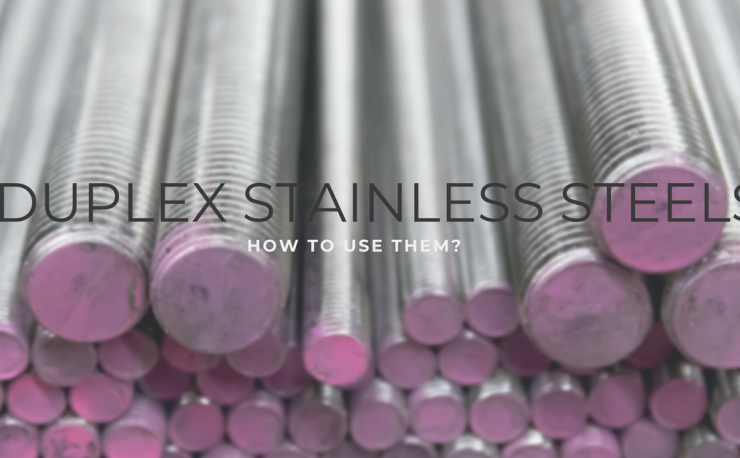
Today we talk about duplex stainless steels. The latter are ferrous steels with a mixed crystalline grain structure of austenite and ferrite. How would you classify these steels? And what are their distinctive characteristics?
What are two-phase steels?
As mentioned earlier, the microstructure of duplex stainless steels (or two-phase) is called “hybrid”. This precisely because there is a cohesion between two different crystal structures, a perfect balance (50/50 volumetric ratio) between two alloying elements such as
- Ferrite (e.g. chromium)
- Austenite (e.g. nickel)
How are the characteristics and applications of duplex stainless steels?
These steels are ideal for lighter structures (even replacing classic stainless steel) thanks to some distinctive characteristics of the material as
- good mechanical characteristics
- excellent corrosion resistance thanks to
- low contents of nickel and high contents of chromium
- possibility to passivate (even in aggressive environments)
These characteristics depend on the ferrite/austenite ratio of duplex stainless steels. Their chemical composition, it also provides a good resistance to pitting and crevice corrosion. Where to employ this type of steels? The most common applications are
- fittings and valves for fluids or industrial gases
- material handling machines
- tanks and liquid tanks with an high chlorine concentration
- sea water chillers
- desalination plants
- brine, groundwater or with aggressive cleaning agents plants
- chemical plants, hydroelectric plants, food and paper plants.
How to classify duplex stainless steel?
Biphasic stainless steels are classified through the P.R.E.N. index (Pitting Resistance Equivalent Number) based on their pitting resistance. The more PREN index is high and the higher pitting resistance. However, this classification doesn’t show a full description of the corrosion resistance properties. Is it possible to split two-phase stainless steels? Of course, in the following categories:
- lean duplex (with a PREN ≤ 35, which do not contain molybdenum)
- standard duplex (with 35 < P.R.E.N. ≤ 40, the most widely used)
- super duplex (with 40 < R.E.N. ≤ 45, for industrial application)
- hyper duplex (with a P.R.E.N. ≥ 45, high chromium concentration).
Looking for stainless steel fasteners, fittings, marine hardware or fasteners for photovoltaic systems? Please visit our website. Sign up to our e-commerce to view real-time prices and availabilities of all our products.
Visit our websiteDo you want to read other posts? Continues here.




